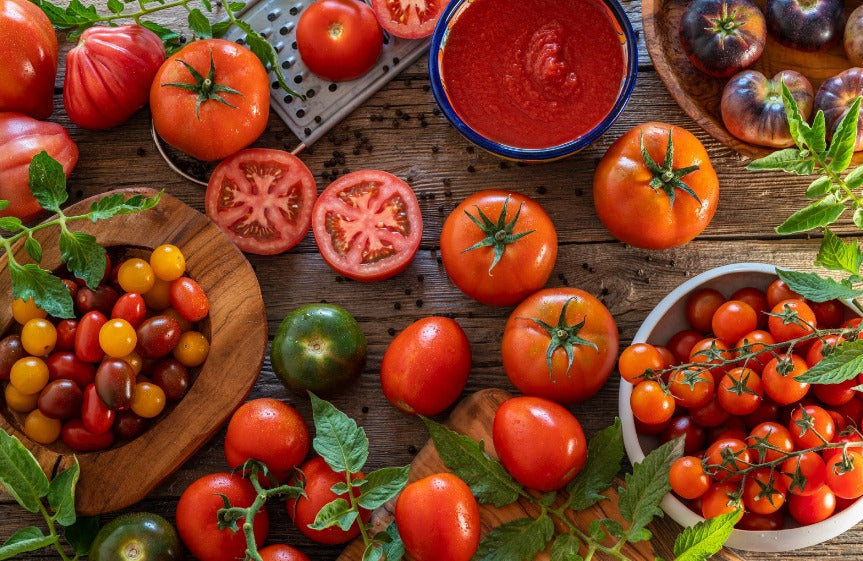Kale is part of the brassica family and is a popular superfood when it comes to smoothies, stir-frys and creating healthy snacks! If you want to know more about the health benefits of kale, see our What's So Good About Kale guide here. Now that you're all inspired to grow this amazing vegetable, see our top kale growing tips below.

Soil
Choose well-draining soil for planting kale. Prepare the soil by adding a 10cm layer of well-aged manure. Next toss on three handfuls per square meter area of sheep pellets. Sheep pellets are excellent at boosting garden bed growth, without incentivising excessive weed growth. Also, add one handful per square meter area of dolomite lime which will sweeten the soil. Fork this all into the top 10cm layer of the veggie bed, and rake the soil so that it is flat before planting.
Planting
Plant your Kale seedlings 40cm apart. Side dress each plant with a sprinkle of Tui Blood and Bone, and water the garden well. Feed Kale with a drink Yates Thrive Natural Seaweed Tonic.
Watering
Kale thrives with having even soil moisture to grow in. Water infrequently but deeply to help achieve this. We suggest adding 3-5cms of water once per week. Increase watering to several times per week during the hotter months.
Mulch & Fertilise
Add a layer of mulch to lock in warmth so that kale continues to grow well in the winter. Mulch will also help to conserve moisture through the hot summer periods. We recommend applying a 7cm layer of Tui Pea Straw Mulch around your plants.
Fertilise with seaweed fertiliser every 10 days to ensure the kale plants remain healthy, and the leaves tasty and sweet. For a slow release seaweed fertiliser add Grosafe Oceanfert Granular Seaweed Fertiliser once a month.
Harvesting
Kale can be harvested when needed, once the plant is established with a good spread of leaves that are approximately 20cm in size. When harvesting always pick the outer leaves, being mindful not to nip out the centre tiny leaves or the plant will stop growing.
Pests and Diseases
Protecting your plants from white fly is vital, especially to retain all the health properties of growing your own food. Sucking and chewing insects like white fly and aphids literally suck all the goodness out of the leaves.
Remove by adding Neem Oil mixed with water and spraying both sides of the leaves. Neem is an organic product that kills the life cycle of the insect, so rather than just wiping out the infestation, it prevents future breeding without harming ladybugs or worms. Spray your solution on the plant every 12 days until the plant is clear from bugs.























